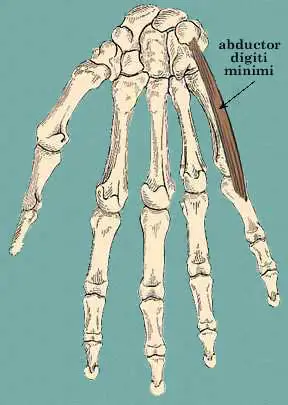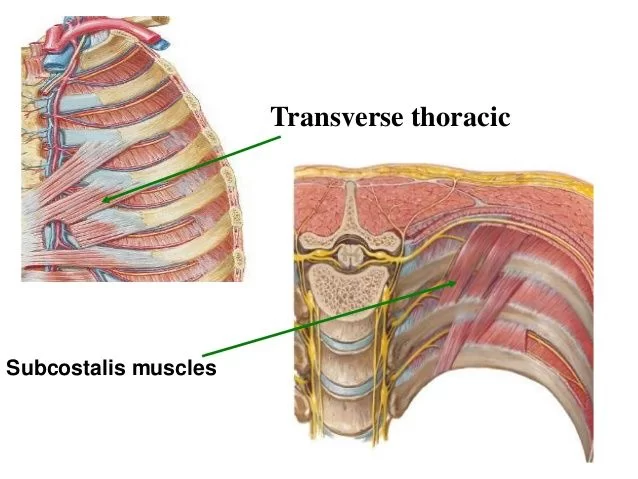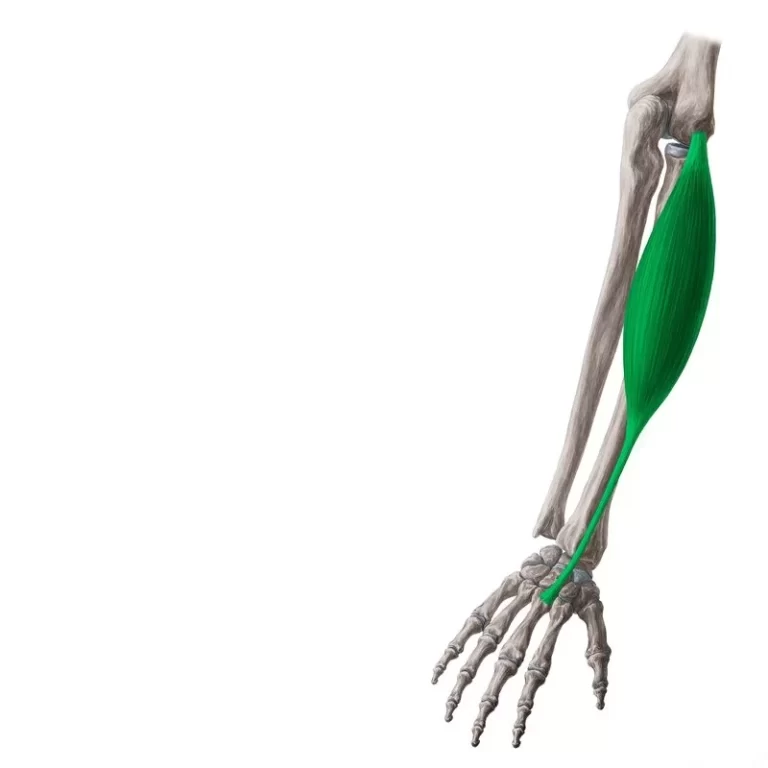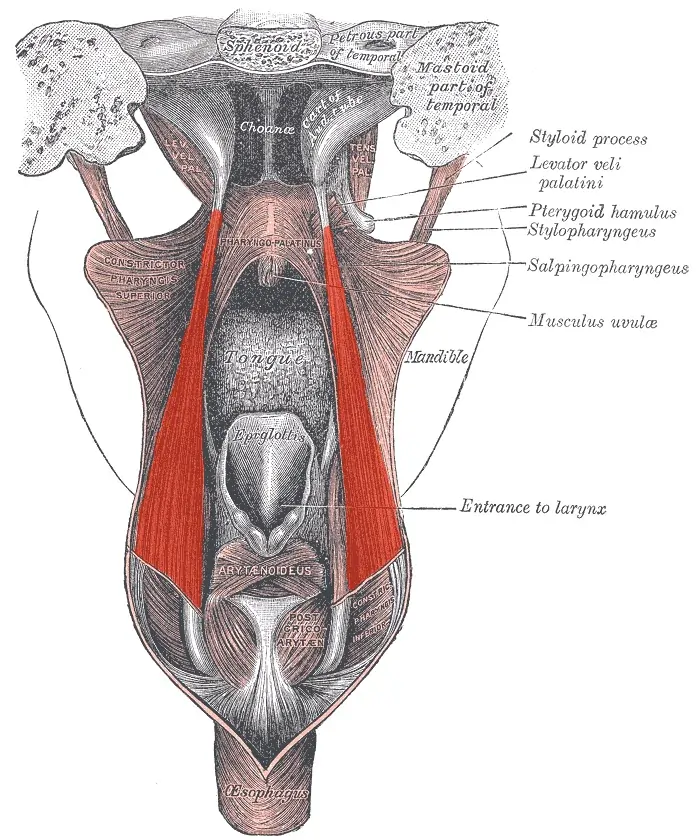Dilator naris muscle
Table of Contents
Dilator Naris Muscle Anatomy
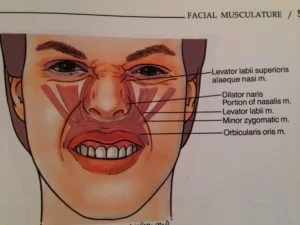
The Dilator naris muscle is a part of the nasalis muscle. It is divided into posterior and anterior parts. It arises from the margin of the nasal notch of the maxilla, and from the lesser alar cartilages, and is inserted into the skin near the margin of the nostril.
The alae nasi muscle is another name for the dilator naris muscle.
Structure
There are anterior and posterior sections of the dilator naris muscle.
Dilator naris posterior: Levator labii superioris is partially positioned below the dilator naris posterior. It originates from the minor alar cartilages and the maxillary nasal notch edge. Near the rim of the nostril, it is inserted into the skin.
Dilator naris anterior comes from the lateral crus of the main alar cartilage. It inserts into the alar groove, which is the nostril’s border. It is located in front of the muscle of the dilatator naris posterior.
Origin
It originates from the margin of the nasal notch of the maxilla, greater and lesser alar cartilages.
Insertion
It inserts on the skin near the margin of the nostril.
Nerve supply
The buccal branch of the facial nerve supplies the muscle.
Blood supply
The blood is supplied by the Lower branch of the facial artery.
Venous Drainage
Facial Vein
Muscle action
It acts on the dilation of nostrils.
Along with other muscles, the dilator naris muscle helps to broaden and narrow the nostril. It may do so, especially in those with narrower nostrils, to prevent the nostril from collapsing during inhalation.
The muscle that controls nostril width in connection to breathing can be used by the brainstem’s respiratory center. The tip of the nose is also somewhat moved by it.
Variation
The size of the nose’s muscles varies from person to person and might even be completely absent.
Related pathology
In Bell’s palsy dilator naris commonly paralysis.
FAQs
The term “dilator naris” refers to a group of muscles located around the nostrils in the human nose. These muscles are responsible for the dilation or widening of the nostrils. The primary function of the dilator naris muscles is to control the size of the nostril openings, allowing for changes in airflow during breathing.
The primary function of the dilator naris muscles is to control the size of the nostril openings, allowing for changes in airflow during breathing.
During certain situations, such as increased physical activity, stress, or when there is a need for increased oxygen intake, these muscles contract and dilate the nostrils, allowing for more air to pass through. Conversely, during rest or relaxation, the muscles relax, and the nostrils become narrower to reduce airflow.
The dilator naris muscles play an essential role in regulating airflow and maintaining appropriate oxygen levels in the body. These muscles work in coordination with other nasal muscles and structures to help with breathing and overall respiratory function.
The dilator naris anterior, also known as the musculus dilator naris anterior, is a facial expression muscle that surrounds and helps to enlarge the nostril. It is categorized as the facial muscle of the nose. Sometimes the nasalis muscle is referred to as including the dilator naris anterior and posterior.


